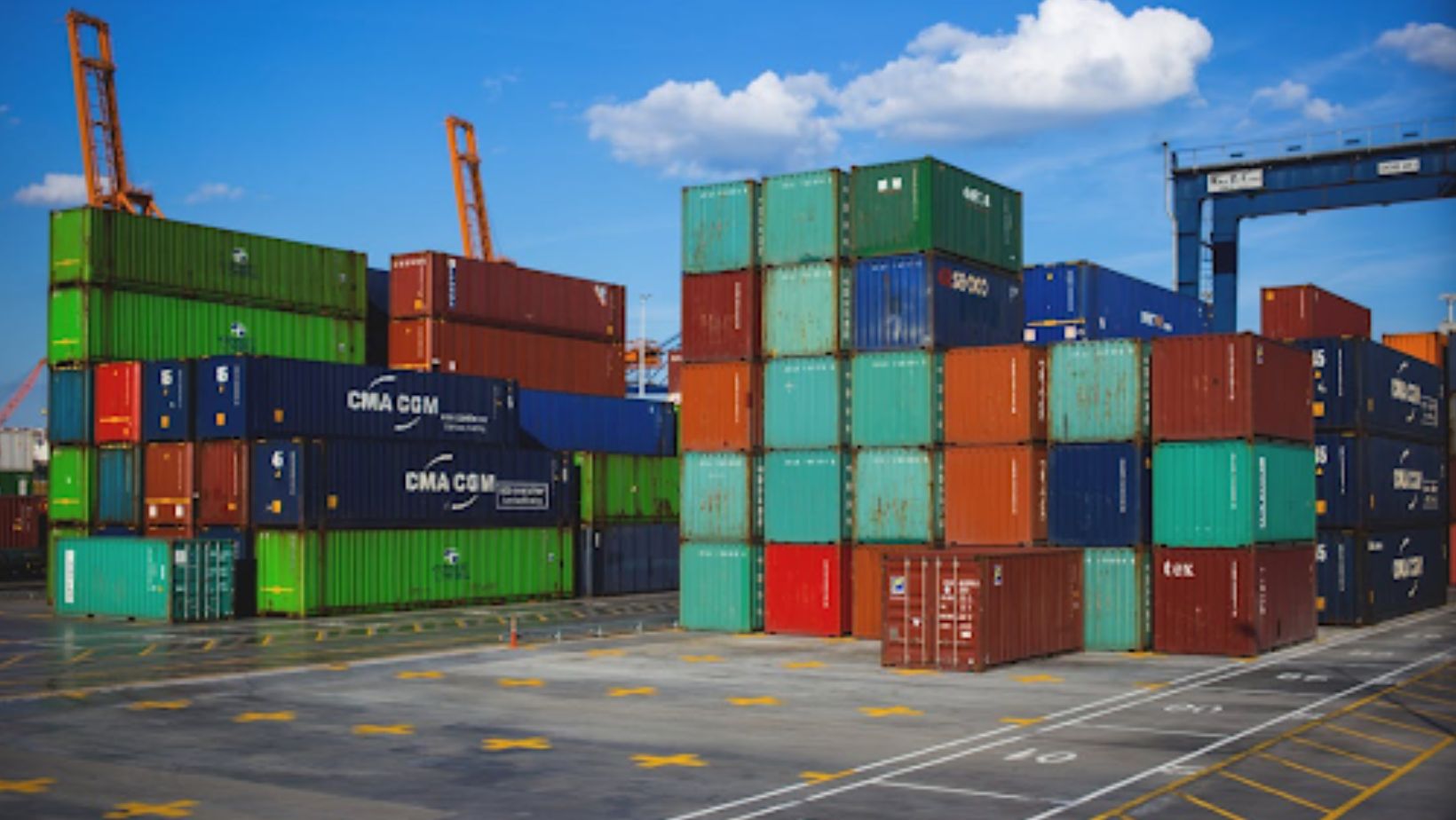
Introduction
In the realm of modern architecture, the use of shipping containers has emerged as a groundbreaking trend that combines sustainability, innovation, and functionality. These industrial relics have transcended their original purpose of transporting goods across vast distances to become the building blocks of avant-garde and eco-friendly architectural wonders. The adaptive nature of shipping containers has opened up a world of design possibilities, challenging traditional notions of construction and pushing the boundaries of creativity in the architectural landscape.
Importance of Shipping Containers in Modern Architecture
Shipping containers play a pivotal role in modern architecture due to their numerous benefits and applications. These repurposed containers offer a sustainable alternative to traditional building materials, reducing waste and contributing to environmentally conscious design practices. Their modular nature allows for versatility in design, enabling architects to create unique and customizable structures with ease. Moreover, shipping containers are cost-effective and readily available, making them an attractive option for architects and builders alike.
- Sustainable alternative to traditional building materials
- Versatile and customizable design options
- Cost-effective solution for construction projects
- Easily adaptable for various architectural needs
- Readily available and abundant worldwide
Design Possibilities with Shipping Containers
The design possibilities with shipping containers in Tasmania are virtually endless, limited only by the imagination of architects and designers. From minimalist tiny homes to expansive commercial spaces, shipping containers offer a wide range of architectural solutions. Their distinctive industrial aesthetic adds character and charm to any structure, creating a juxtaposition of sleek modernity and rugged functionality. With the ability to stack, combine, and manipulate containers in various configurations, architects can create dynamic and innovative designs that stand out in the architectural world.
Challenges and Considerations
While shipping containers offer numerous benefits in modern architecture, they also present challenges and considerations that architects must address. Issues such as insulation, ventilation, and structural integrity need to be carefully evaluated to ensure the comfort and safety of occupants.

Additionally, zoning regulations and building codes may pose obstacles to using shipping containers for certain types of construction projects. Overcoming these challenges requires meticulous planning, innovative solutions, and collaboration between architects, builders, and regulatory bodies.
Cost-Effectiveness of Shipping Containers
One of the key advantages of using shipping containers in modern architecture is their cost-effectiveness. Compared to traditional building materials, containers are more affordable and readily available, making them a practical choice for budget-conscious projects. The modular nature of shipping containers also reduces construction time and labor costs, resulting in overall savings for developers and clients. Furthermore, the durability of containers ensures longevity and low maintenance, further enhancing their cost-effectiveness over the lifespan of a structure.
Social Implications of Container Architecture
Container architecture goes beyond just aesthetics and functionality; it carries profound social implications that resonate with contemporary issues such as sustainability, homelessness, and urban development. The adaptive reuse of shipping containers for housing projects offers an innovative solution to affordable housing shortages in urban areas. By repurposing containers into livable spaces, architects can address social inequalities and provide sustainable housing options for marginalized communities. Container architecture also fosters a sense of community and promotes environmental stewardship, encouraging a shift towards more conscious and responsible living practices.
Innovation and Technology in Container Architecture
Advancements in technology have revolutionized the field of container architecture, pushing the boundaries of innovation and creativity in design.

Conclusion
The versatility of shipping containers in modern architecture offers a multitude of benefits and opportunities for architects, builders, and communities alike. From sustainable design practices to innovative solutions for social challenges, container architecture embodies the intersection of creativity, functionality, and sustainability. As the architectural landscape continues to evolve, shipping containers remain a powerful tool for shaping the future of design and construction, paving the way for a more sustainable and innovative built environment.
By embracing the versatility and potential of shipping containers, architects can create architectural marvels that inspire, innovate, and redefine the possibilities of modern design.
